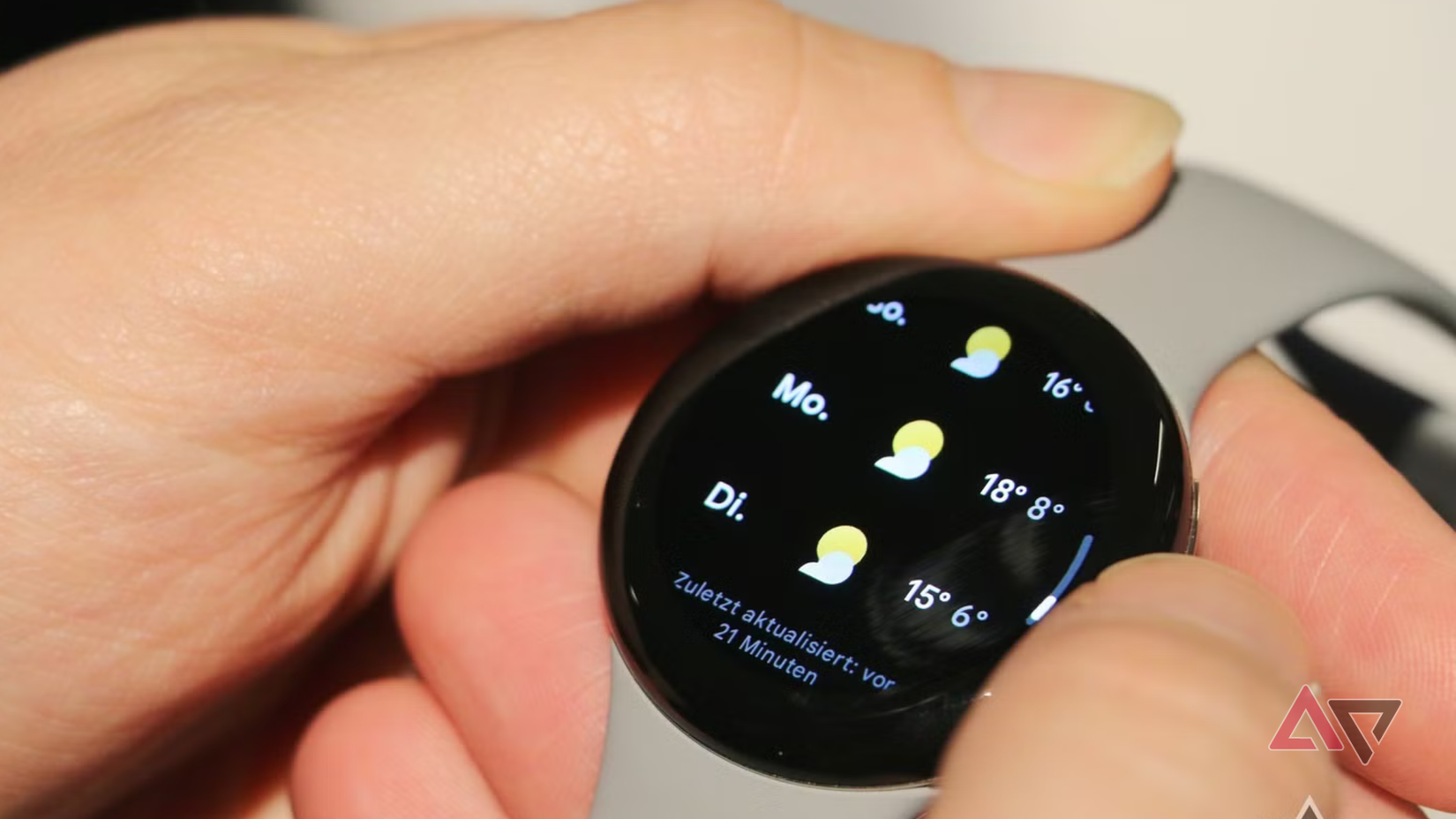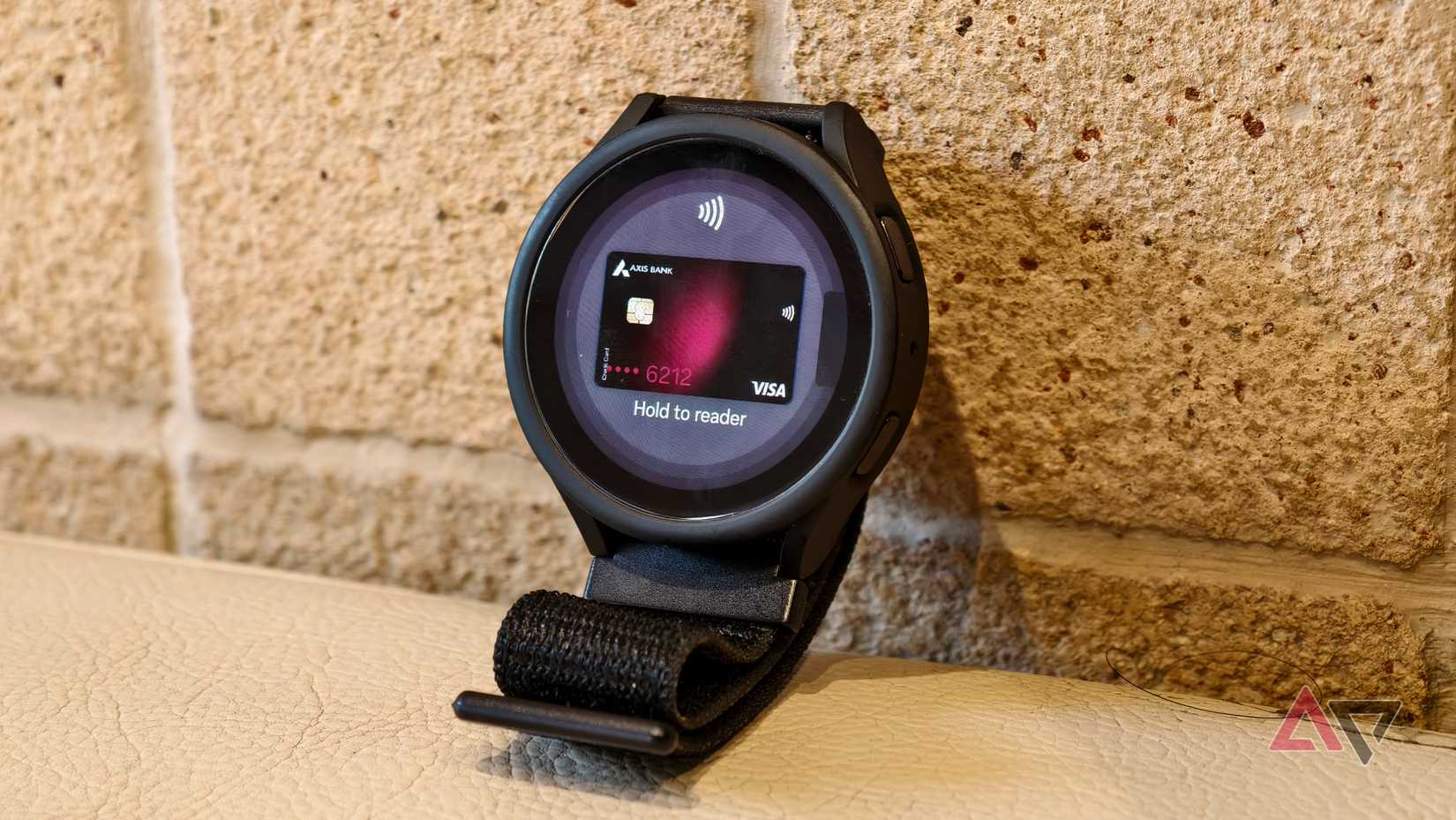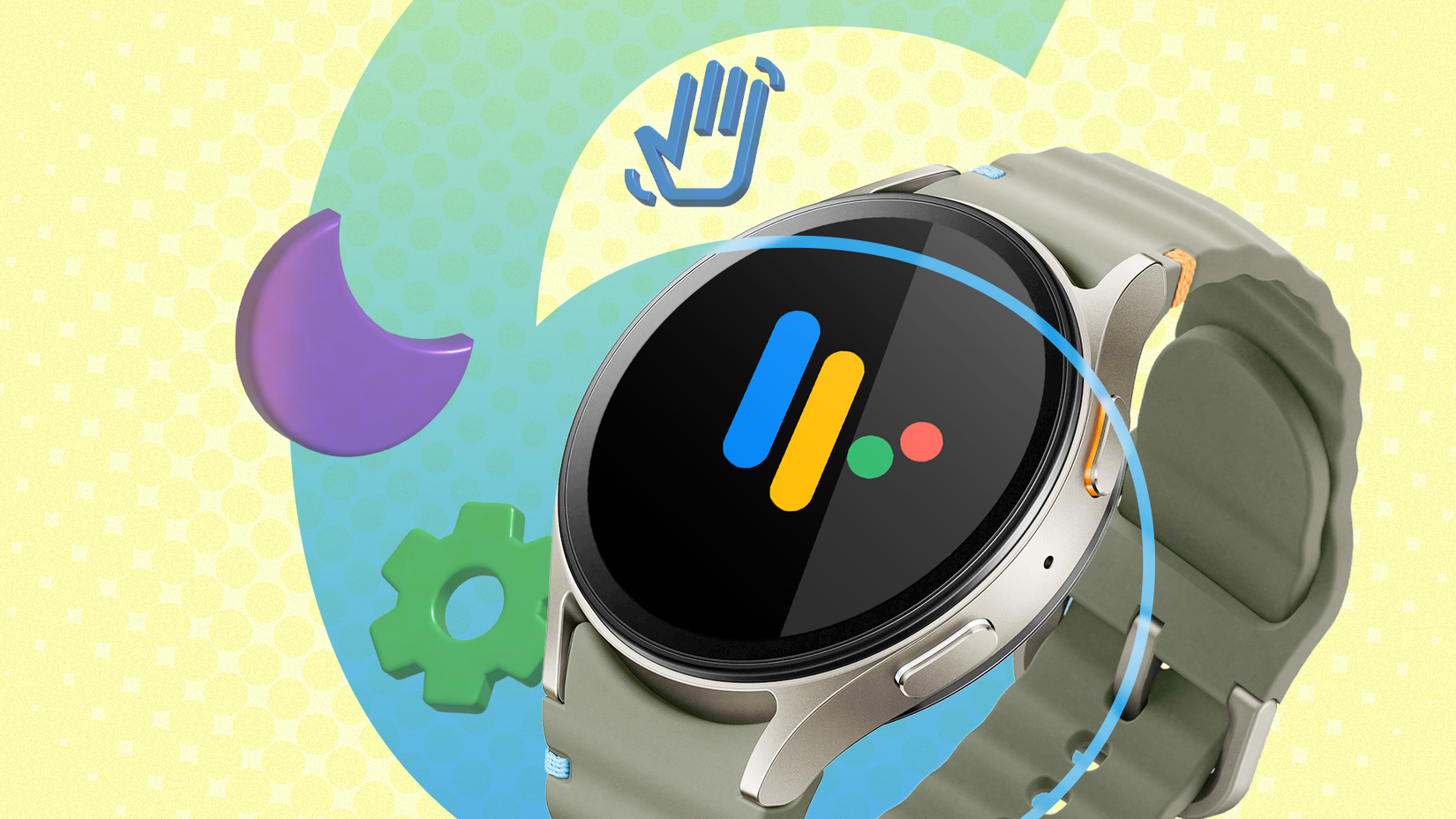Everyone knows the scene. Both arms are carrying heavy shopping bags. You have to set everything down at the register, dig for your wallet, and find the right card.
Using a phone isn’t much better. It still involves fishing it out, unlocking it, and tapping.
Then one day, I watched someone skip all that with a simple wrist flick. Their Garmin watch handled the payment instantly. That was the moment it clicked for me.
The most valuable feature of a smartwatch has nothing to do with step counts. It’s the sheer convenience of wrist-based payment.
Before long, my smartwatch had become my wallet, even though it had never replaced my watch.
I can never see a smartwatch as a true watch
I have never been a fan of smartwatches. While their utility is undeniable, they serve as wrist-mounted computers, not timepieces.
A classic timepiece, a Rolex or any other fine mechanical watch, is an object of permanence and artistry. It has a tangible weight and a soul born from excellent engineering.
By contrast, a smartwatch is a disposable piece of consumer electronics. Its glowing screen is a portal to data, but lacks the character and presence of a physical dial and hands.
It is designed for obsolescence and will be replaced by the next model with a faster processor or a new sensor.
The end of wallets in a world of tap-and-go payments
While the smartwatch failed to be a good watch, it excelled in other areas. Its target was the centuries-old leather wallet, weighed down by unnecessary friction.
A wallet is a bulky, inefficient filing system for plastic cards, paper receipts, and cash. Every transaction requires retrieval, search, and selection, and losing it is another disaster.
It is a 20th-century solution struggling to survive in a 21st-century world of speed and convenience. Nowhere is this more evident than in my home city of Sydney.
Australia is a world leader in contactless payments, and the tap-and-go culture is so ingrained that using cash feels archaic.
Moreover, digital wallets like Apple Wallet and Google Wallet hold credit and debit cards, boarding passes, transit tickets, loyalty programs, and event passes.
You can also add your driver’s license and digital ID to the phone in Sydney.
Therefore, a physical wallet’s primary job is to add bulk. A smartwatch can hold the same items with better security, instant backup, and recovery options.
How NFC and tokenization make smartwatch payments secure
The technology behind this magic is Near-Field Communication (NFC). It’s a short-range radio signal that allows two devices to talk when they’re a few centimeters apart.
When you bring your smartwatch or phone close to the payment terminal, the two devices establish a secure, contactless handshake in a fraction of a second.
Another key concept is tokenization. Traditionally, swiping or inserting a card meant transmitting your card number to the merchant, leaving it vulnerable to theft or cloning.
With tokenization, that number never leaves your device. Instead, the payment system creates a unique, single-use digital token tied only to that transaction.
Even if someone managed to intercept it, it would be worthless anywhere else. The result is a payment method that is simultaneously faster, safer, and more convenient than any that came before it.
The future of smartwatch convenience goes beyond payments
The next evolution for smartwatches is the Ultra-Wideband (UWB) chip. UWB is a short-range, high-frequency radio technology that pinpoints location with accuracy down to a few centimeters.
While Bluetooth and NFC connect devices, UWB measures distance and direction in real time. This technology turns the device into an access key on a smartwatch.
Consider walking to a car with full hands. The watch can automatically authenticate you and unlock the doors.
The same applies to front doors, hotel rooms, or offices. Instead of tapping, swiping, or typing codes, the door detects the user and opens.
Security is another benefit. UWB’s precise location data makes spoofing or relaying signals more difficult, an improvement over the current contactless technology.
Convenience defines value
Marketed features like health tracking, heart rate monitoring, blood oxygen levels, and sleep analysis are impressive achievements.
They often justify purchasing a smartwatch. But they aren’t the reason smartwatches have become indispensable.
The “reason to buy” might be health, yet the “reason to keep” is convenience.
For me, the Pixel Watch 4 earned its permanent spot on my wrist not by outclassing a mechanical watch or acting as a fitness tracker, but by becoming a better wallet.
The ease of contactless payment cemented value, making every other smartwatch feature feel like a bonus.
Google Pixel Watch 4
- CPU
-
Snapdragon W5 Gen 2
- RAM
-
2GB
- Storage
-
32GB
- Battery
-
455 mAh





